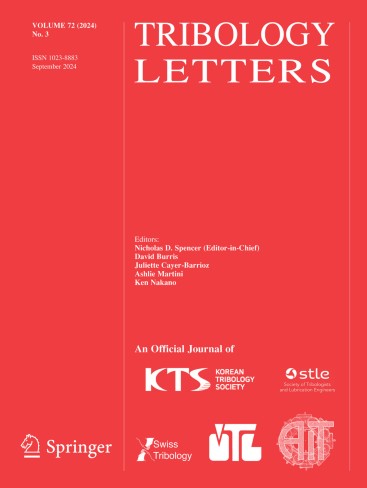Investigating the Roles of Protein on the Cobalt Alloy Surface Degradation for Biomedical Implant Through Tribocorrosion Mechanisms
Abstract
Previous investigation has established the formation of tribofilm is influenced by tribochemical reactions between the electrolyte and the articulating surface of cobalt alloy through sliding tests in various simulated fluids. Although it has successfully characterized the film composition via spectroscopy analysis and indicated to have impact on material loss, a comprehensive understanding of the material degradation mechanism in tribocorrosion condition was still lacking. Therefore, this study aims to investigate the role of protein in the tribocorrosive degradation of cobalt-chromium-molybdenum (CoCrMo) alloy in different simulated physiological electrolytes. Using a similar testing protocol, tribocorrosion tests were conducted with reciprocating ceramic ball against CoCrMo samples immersed in saline and culture medium, compared to both electrolytes diluted with 25% fetal bovine serum (FBS). Synergistic and mechanistic approaches were employed to model the tribocorrosive degradation. Results reveal that protein plays a beneficial role in reducing corrosive (electrochemical) surface degradation under tribocorrosion condition, whilst increasing mechanical wear degradation in the process. Despite studies have shown that tribocorrosion behavior in metal alloys is highly influenced by the presence of organic matter, this study provides a more clarity of the roles played by protein in tribocorrosive degradation on CoCrMo surface as its novel finding.


 求助内容:
求助内容: 应助结果提醒方式:
应助结果提醒方式:


